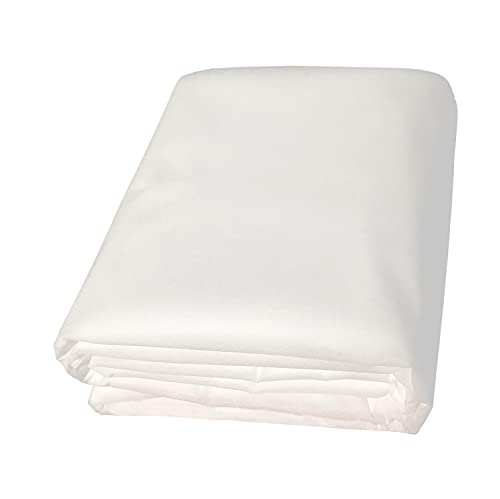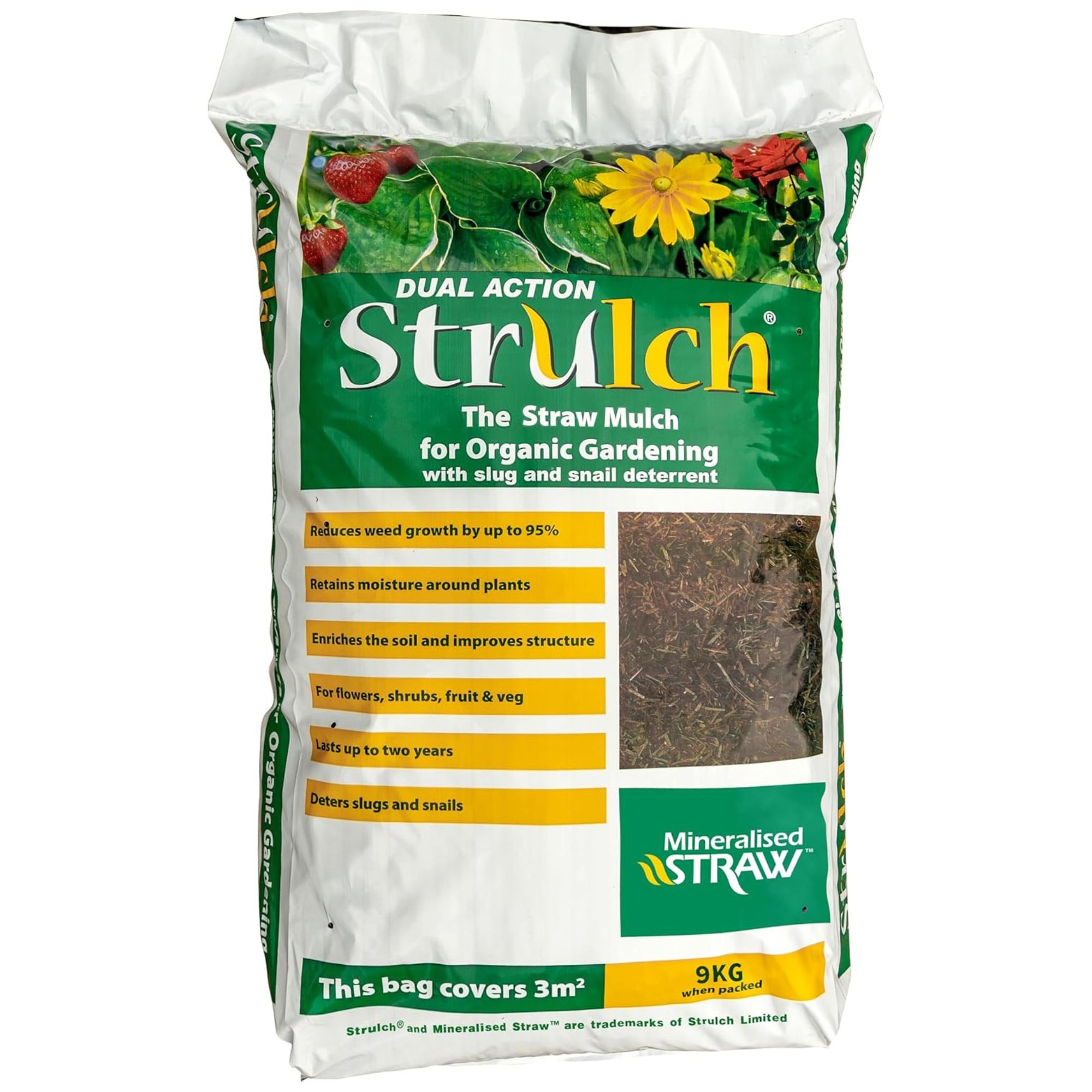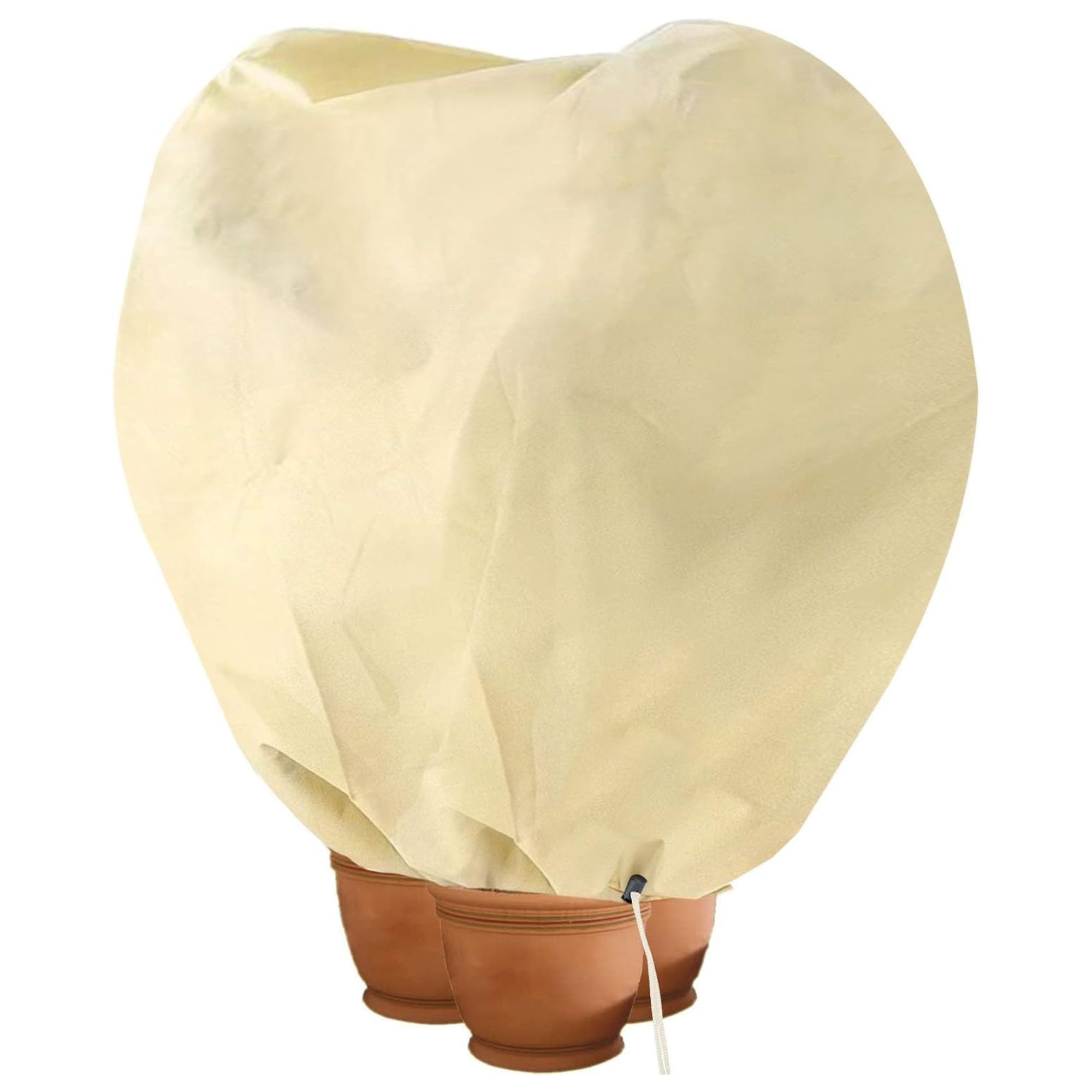5 common overwintering mistakes to avoid if you want your plants to survive the colder months
Guard against these errors if you want your plants to bounce back next spring
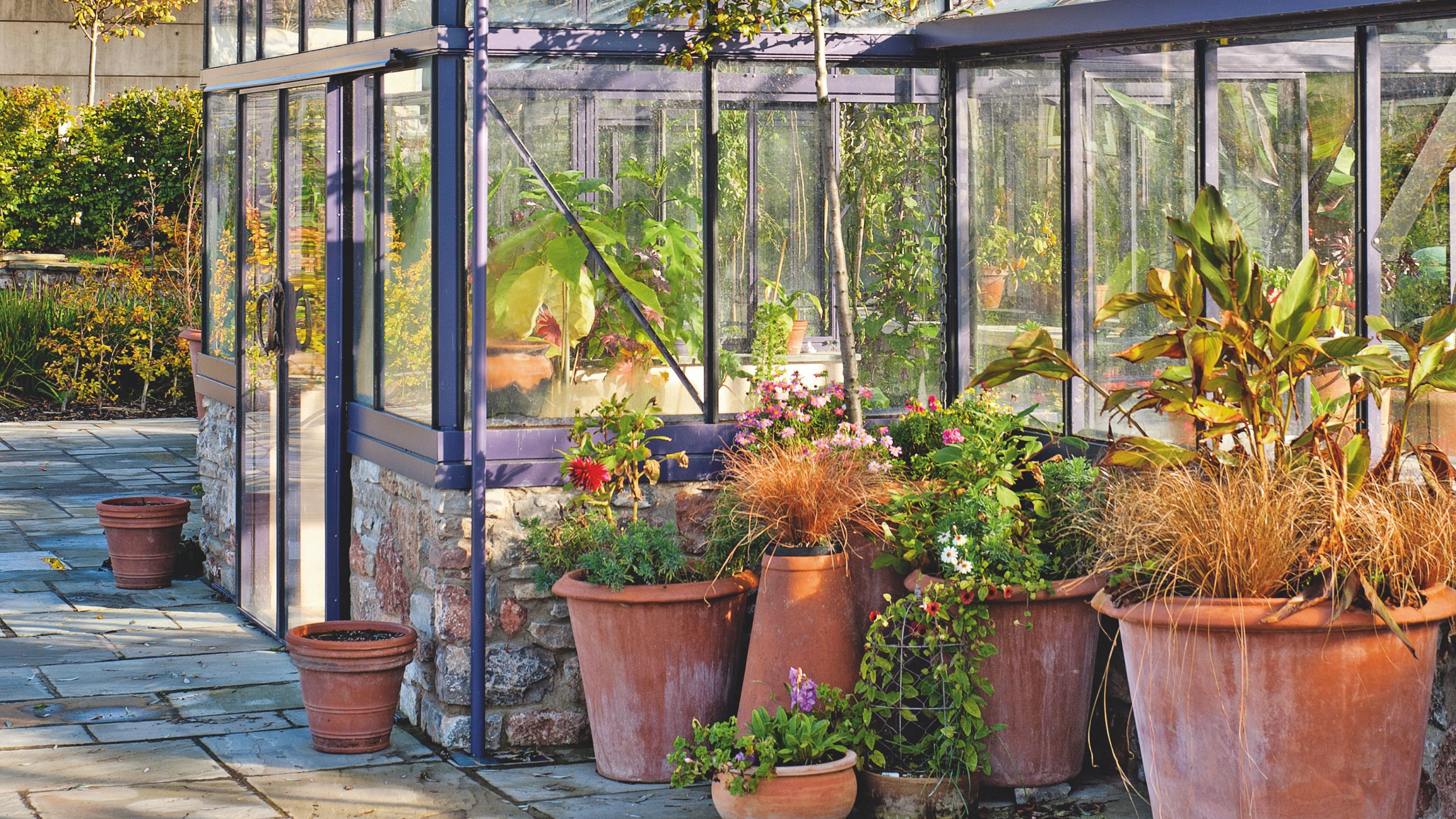

It's time to start thinking about protecting our plants before the winter weather arrives, but there are several overwintering mistakes to watch out for to ensure your efforts don't go to waste.
If you've been wondering what overwintering is, you're not alone. It's a term that can confuse the both amateurs and seasoned gardeners alike, and it can be tricky to work out which plants it applies to.
Put simply, overwintering is the act of seeing a plant, usually one that's tender or less hardy, through the winter months. 'This could mean protecting tender plants such as ferns or palms with horticultural fleece in situ, or it could mean bringing some of your plants into a greenhouse or conservatory,' explains Rob Grayson, head of plant distribution at Hillier Garden Centres.
Whether you're overwintering geraniums or perhaps overwintering hydrangeas in pots, the process is key if you want to see your plants through the winter safely. To help you get it right, we've compiled a list of the most common overwintering mistakes – and how you can avoid making them.
1. Leaving it too late
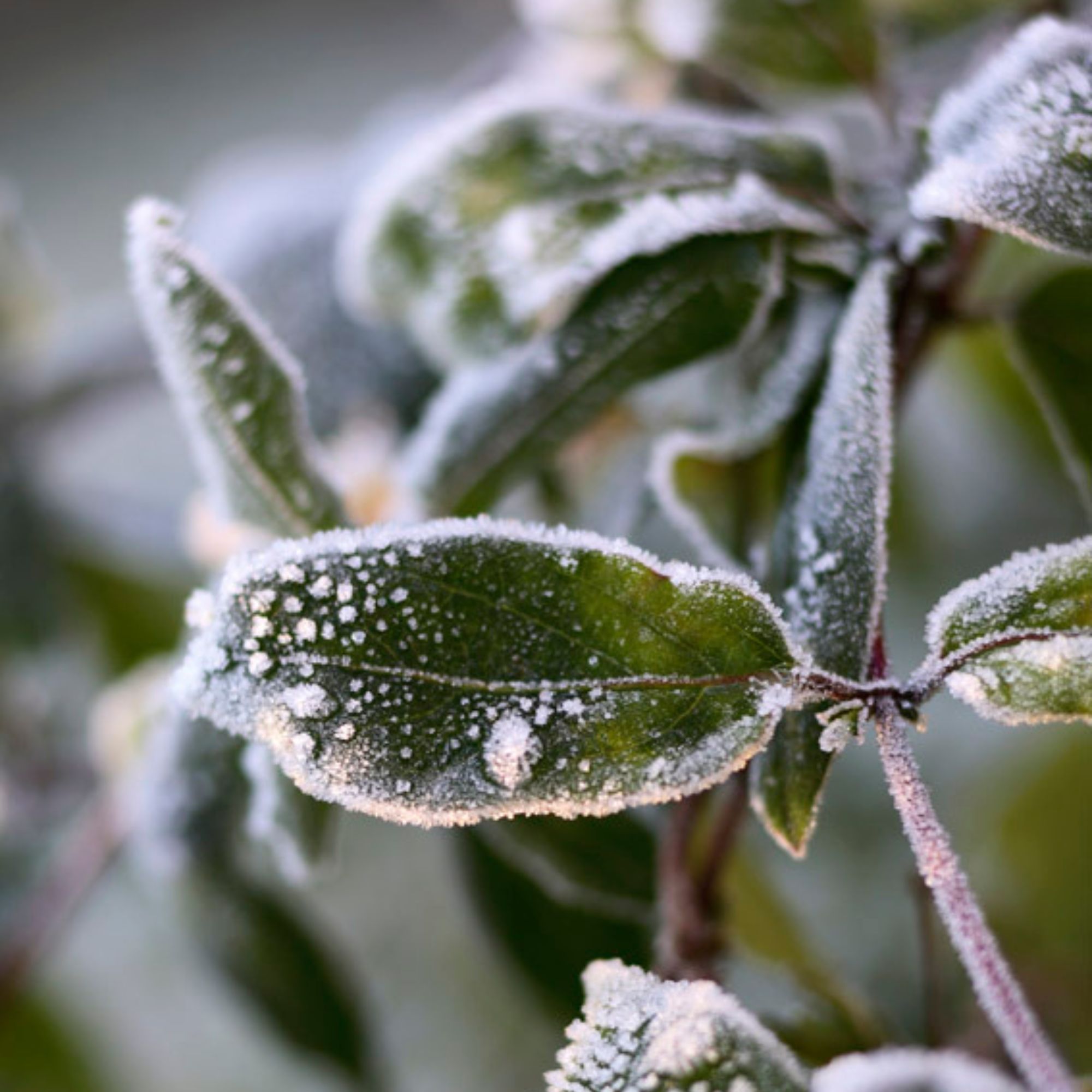
Timing is everything when preparing plants for overwintering – leave it too late, and you risk irreversible frost damage.
Whether you'll be moving plants under cover or bringing out the best plant covers for winter, Rob recommends protecting your plants before the first sign of frost in the garden, which is usually late autumn. 'Don’t wait until the first frost arrives to do this, as it will be too late by then,' he warns. So, it's a good idea to check when the first frost in your area is predicted to arrive.
'Before this, tender plants should either be cut back, lifted and stored indoors or left outside under a layer of mulch.' Mulching is one of the best-kept secrets in gardening, but you'll need to make sure it's done sooner rather than later.
Sign up to our newsletter for style inspiration, real homes, project and garden advice and shopping know-how
You'll also need to consider the correct level of protection for the plants you're hoping to see through the winter. 'One common mistake when overwintering plants is giving them inadequate protection,' says Julian Palphramand, head of plants at British Garden Centres. 'Many plants need additional insulation, such as frost blankets or horticulture fleece, to survive the UK’s winter conditions.'
2. Choosing the wrong location
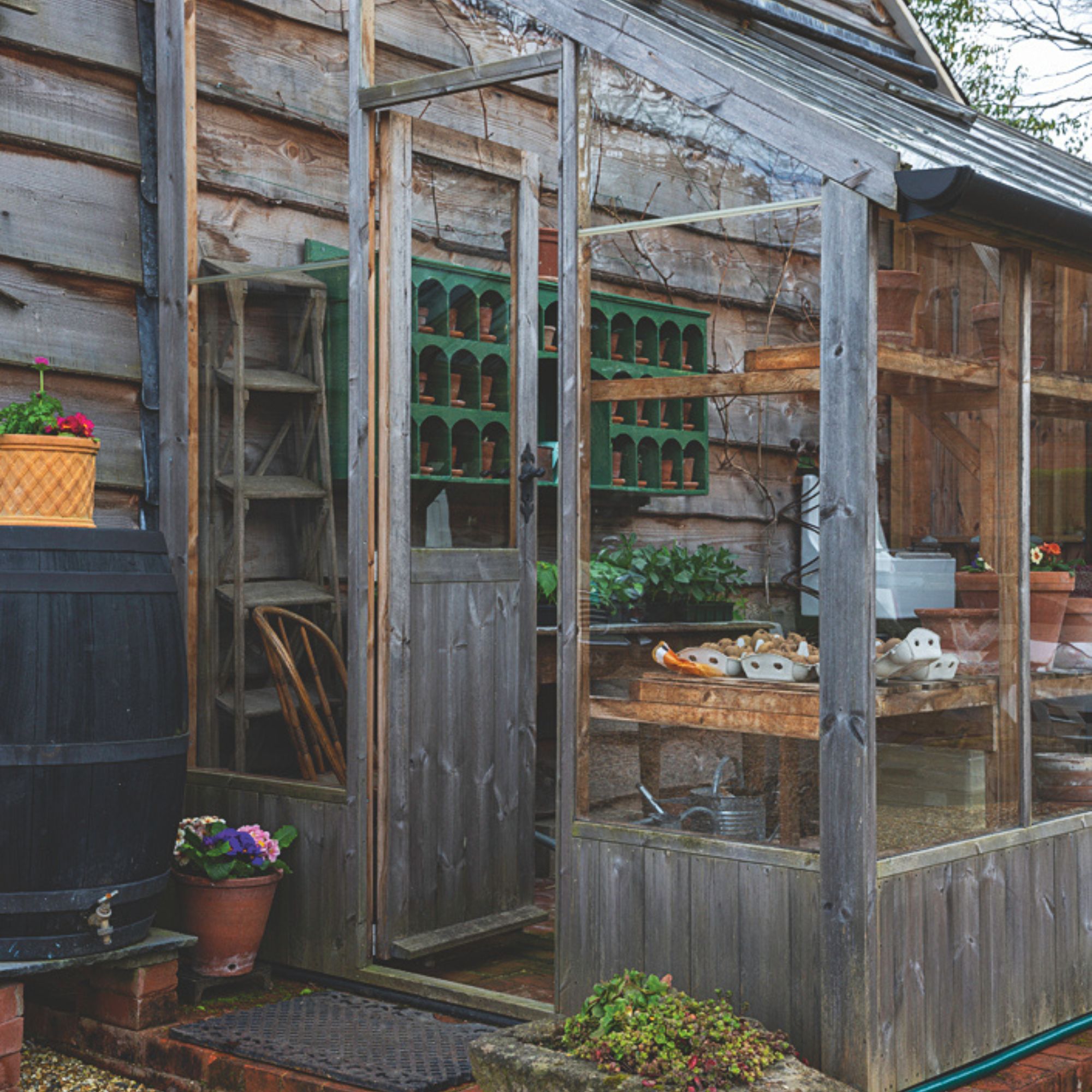
If you're going to move potted planted inside for overwintering, it's vital that you choose the right spot. The ideal location will vary depending on the type of plant you're overwintering, and how long it's being overwintered for.
'Tender plants in pots should be moved to a sheltered spot, ideally indoors, in a conservatory, near a sunny window, or into a heated greenhouse,' advises Andrew White, gardening expert at Rhino Greenhouses Direct.
For bulbs and tubers, light isn't such a big priority. 'Bulbs or tubers lifted from the ground should be stored somewhere dark and dry, and will need to be checked often for signs of rot,' says Graham Smith MCIHort from LBS Horticulture. Wherever you put your potted plants and bulbs, make sure there is plenty of air circulation.
It's also important to avoid certain spots if you want to steer clear of overwintering mistakes. 'Even if plants need to be kept warm, they should not be placed near fluctuating sources of heat like radiators or draughty areas,' Graham warns. 'You should also avoid overwintering bulbs where they will be exposed to direct sunlight, as this can damage them or make them sprout early.'
3. Overwatering
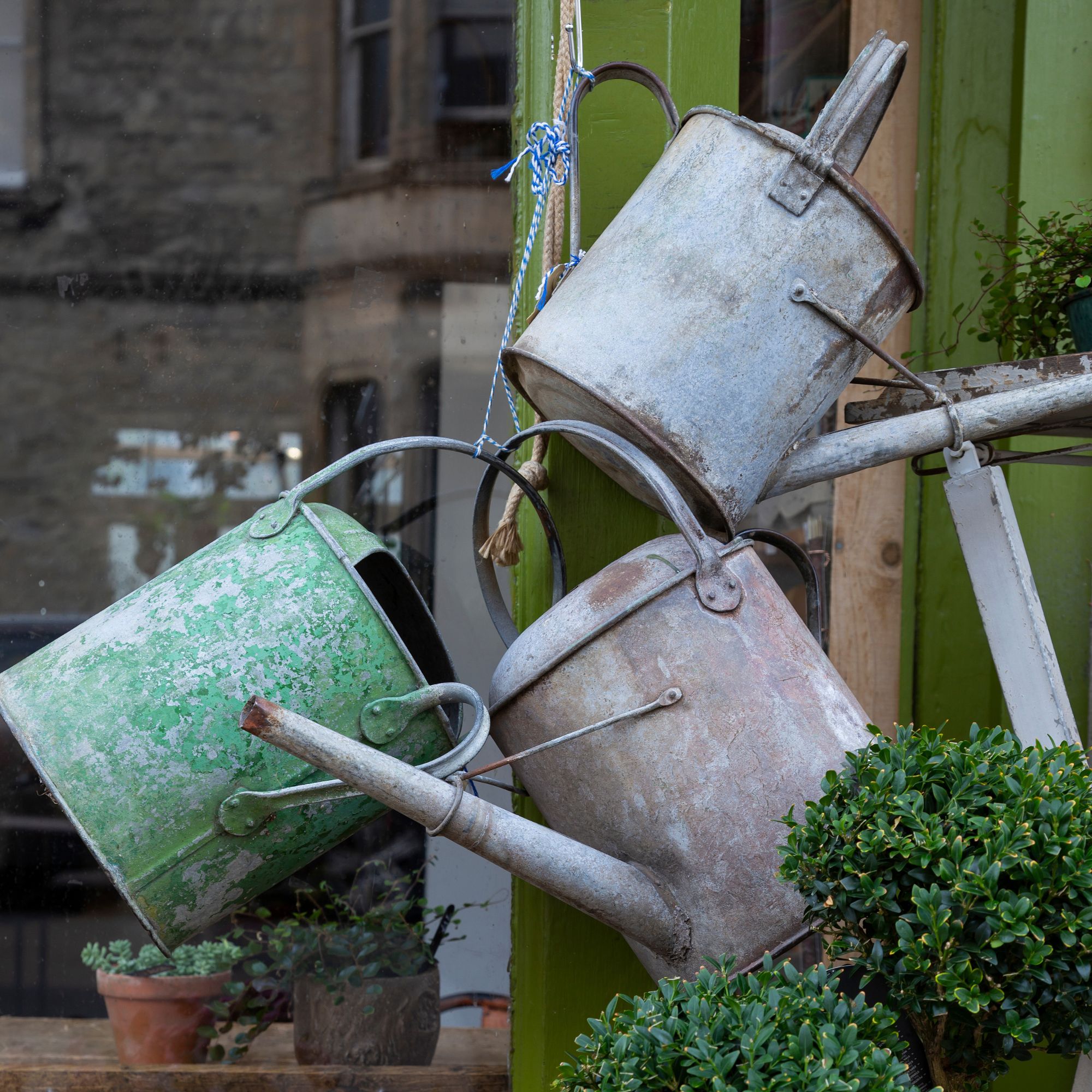
Because growth slows right down during the winter, plants have fewer needs while they're overwintering. It's nearly inevitable, then, that overwatering is one of the most common overwintering mistakes out there – and learning how to save an overwatered plant is no fun.
Plants generally need a lot less water during cold weather, so you can scale the watering schedule right back for plants that are overwintering.
'Don’t let them completely dry out, but keeping them too wet will lead to rot,' warns Rob.
But how do you find the right balance? Well, there's a simple way to tell if your plants could use some water.
'For plants in containers, use your finger to check if the top few inches of the soil feels dry, and do not water the plant if it feels wet,' advises Graham.
If you're wondering whether you can protect plants from frost using bubble wrap, you can, but watch out for excess moisture.

Graham Smith MCIhort is the national sales manager at LBS Horticulture. He has extensive knowledge in the horticultural and gardening industries, and prides himself on using this to help gardeners of all skills create their perfect outdoor space.
4. Not giving your plants enough light

When you think of overwintering, do you picture a dormant plant in a cool, dark room? Well, you wouldn't be the only one – but not giving growing plants enough light is actually one of the most common overwintering mistakes out there.
Of course, for bulbs and tubers, darkness provides ideal overwintering conditions. But unless the plant enters a state of dormancy during this period, light is still a necessity.
'Plants that will continue growing indoors over the winter need to be placed somewhere they will receive a good level of light and enough warmth, but you can use artificial lights to supplement natural light,' says Graham.
You can buy grow lights from a range of in-store and online suppliers, starting from something smaller like these wolezek Grow Lights from Amazon.
5. Not checking for pests

One of the worst overwintering disasters imaginable is bringing a pest infestation indoors. Sadly, that's one of the most common overwintering mistakes – but checking your plants over for garden plant pests before you bring them inside can make all the difference.
'You may also be helping garden pests to thrive if they come inside on infected plants,' says Graham. 'Before bringing plants indoors, check them for any signs of pests. Spraying plants with a jet of water from a garden hose can help to dislodge pests as a precautionary measure.'
'You can also address an infestation with insecticidal sprays or soaps to stop it from spreading to other plants.'
Overwintering essentials
FAQs
Can you overwinter plants in an unheated garage?
An unheated garage is an ideal place to overwinter bulbs, tubers and dormant plants that don't require sunlight through the winter months, but it's not the best location for plants that continue to grow (albeit slowly) during this season. These types still need light and warmth, even when growth has slowed right down, and an unheated garage probably won't tick either of those boxes.
Can you overwinter plants in the dark?
Again, this all comes down to the type of plant you're overwintering, and whether or not it continues to grow during the winter.
Plants that enter a state of dormancy, bulbs and tubers don't require sunlight during the winter months, so it's perfectly fine to overwinter them in the dark. In fact, overwintering bulbs and tubers in the dark is recommended, because sunlight can kickstart premature sprouting.
However, for plants that continue to grow at a slower pace throughout the winter months, it's best to leave them somewhere they'll still have access to sunlight and warmth.
Avoid these overwintering mistakes and your plants will be on their healthy way to next spring.

Sophie joined the Ideal Home team as Gardens Editor in June 2024. After studying English at Royal Holloway, University of London, she began writing for Grow Your Own, which spurred on her love of gardening. She's tried growing almost every vegetable under the sun, and has a soft spot for roses and dinnerplate dahlias.
As Gardens Editor, Sophie's always on the lookout for the latest garden trend. She loves sharing growing hacks for every space, from herbaceous borders to balconies.
